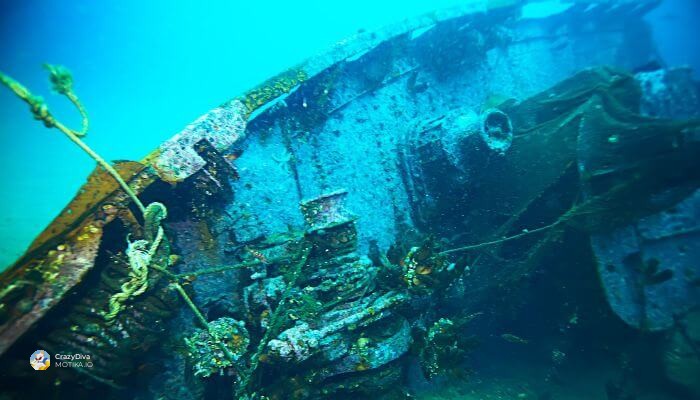The wealth of 200 tons, whose location has been unknown for 300 years: The 'Holy Grail' worth 15 billion euros will be extracted from the Caribbean Sea
A veritable “Holy Grail” shipwreck said to be worth billions could be exhumed from the depths of Colombia as early as next month, sparking a veritable gold rush in archeological circles, experts say.
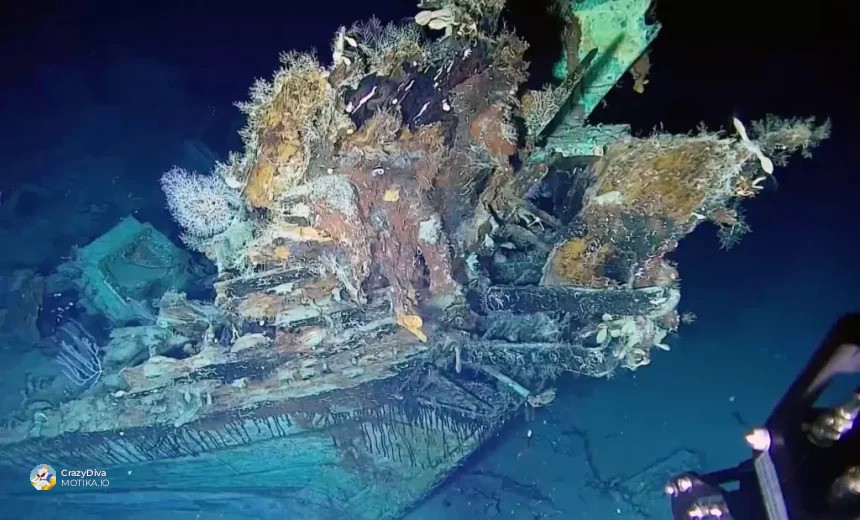
In This Article:
Discovery and Value of the San José Galleon
The San José galleon, a Spanish treasure ship, sunk off the coast of Colombia in 1708 with an estimated $17 billion worth of emeralds, gold, and silver on board. Its discovery in 2015 has sparked immense interest and speculation about its contents and historical significance.
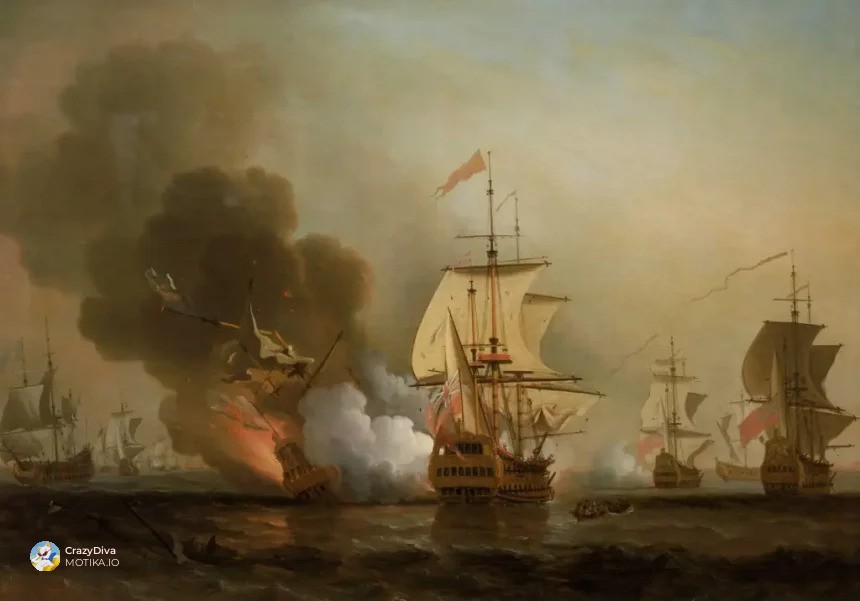
Archaeological and Historical Significance
Historians and archaeologists see the San José as a valuable source of information about the Spanish empire's zenith of power and its involvement in Latin America. The artifacts recovered from the wreck could provide insights into maritime history, trade routes, and cultural exchanges of the time.
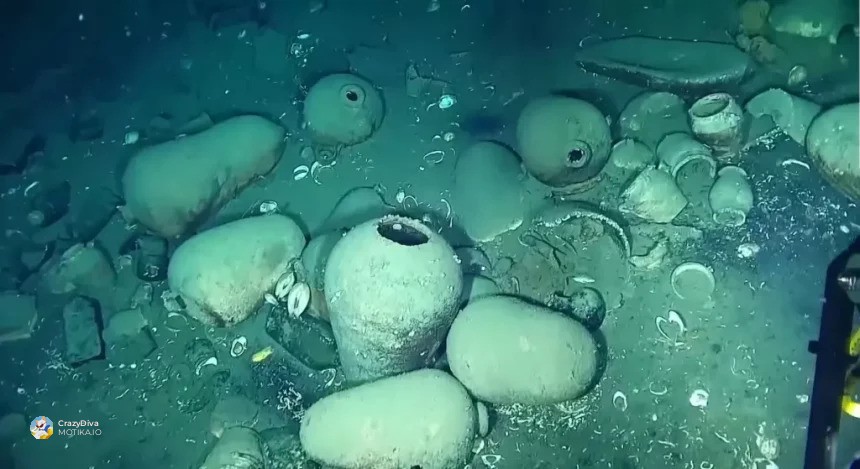
Challenges of Salvage
Salvaging the San José presents significant technical challenges due to its location 2,000 feet underwater and the need to preserve delicate artifacts. The wreck's exact coordinates have been kept secret to prevent looting, and Colombia is investing in state-of-the-art salvage robots to retrieve the items.
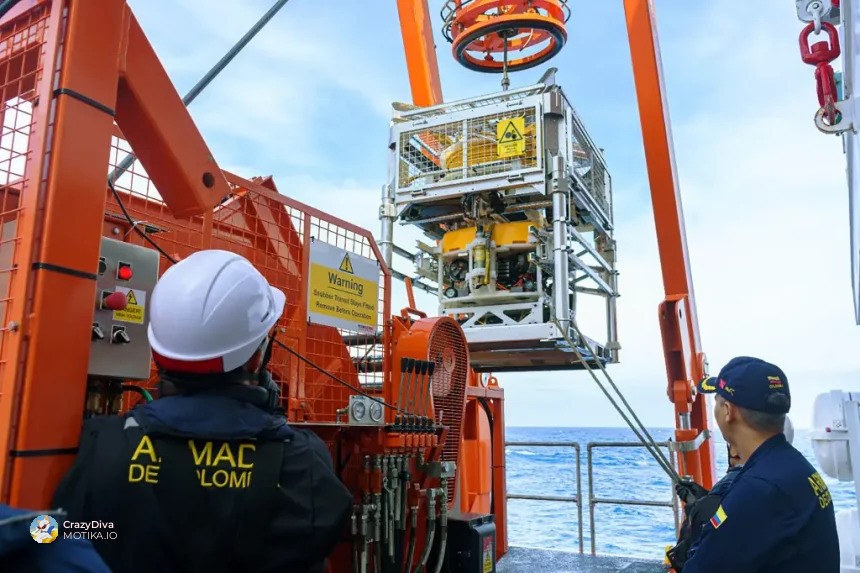
Expensive and Complex Recovery Operation
The salvage operation for the San José is expected to be the biggest, most expensive, and most complicated underwater recovery mission in history, costing over $4.5 million. The Colombian government plans to conduct a dry run using salvage robots to assess the feasibility of recovering the remaining treasures.
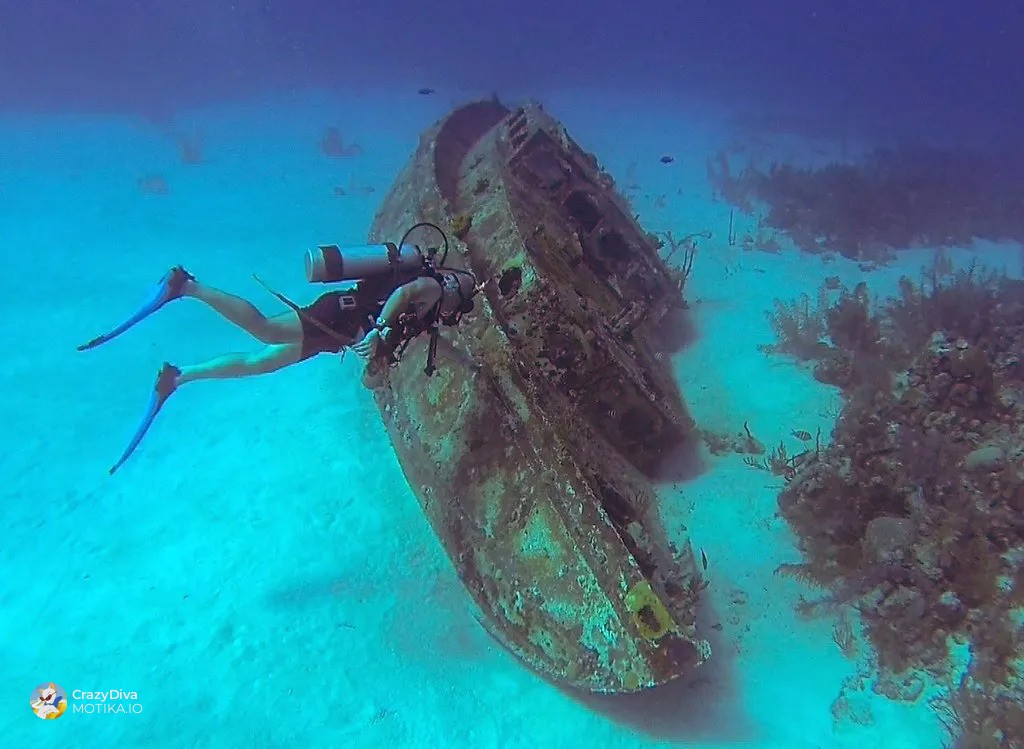
Ownership Disputes
Ownership of the San José has been hotly contested among various parties including Spain, Colombia, Bolivian indigenous groups, and a US salvage company. Legal battles over ownership rights have hindered previous salvage efforts.
